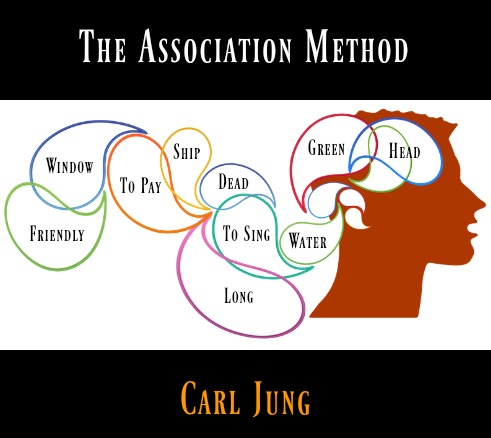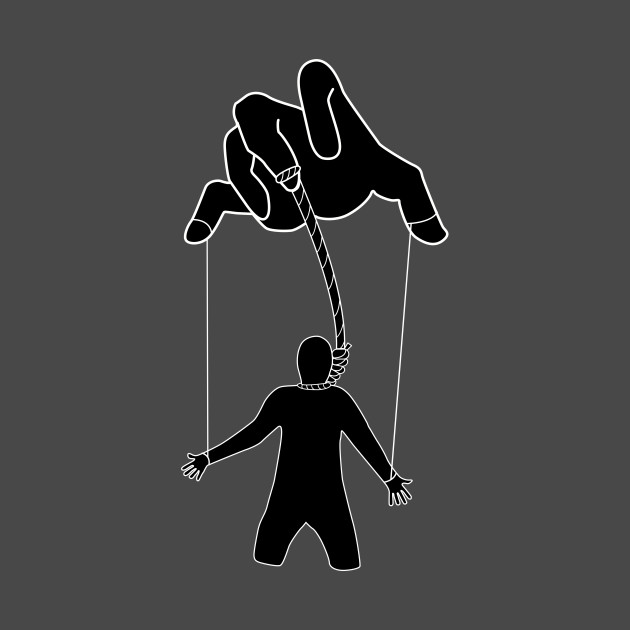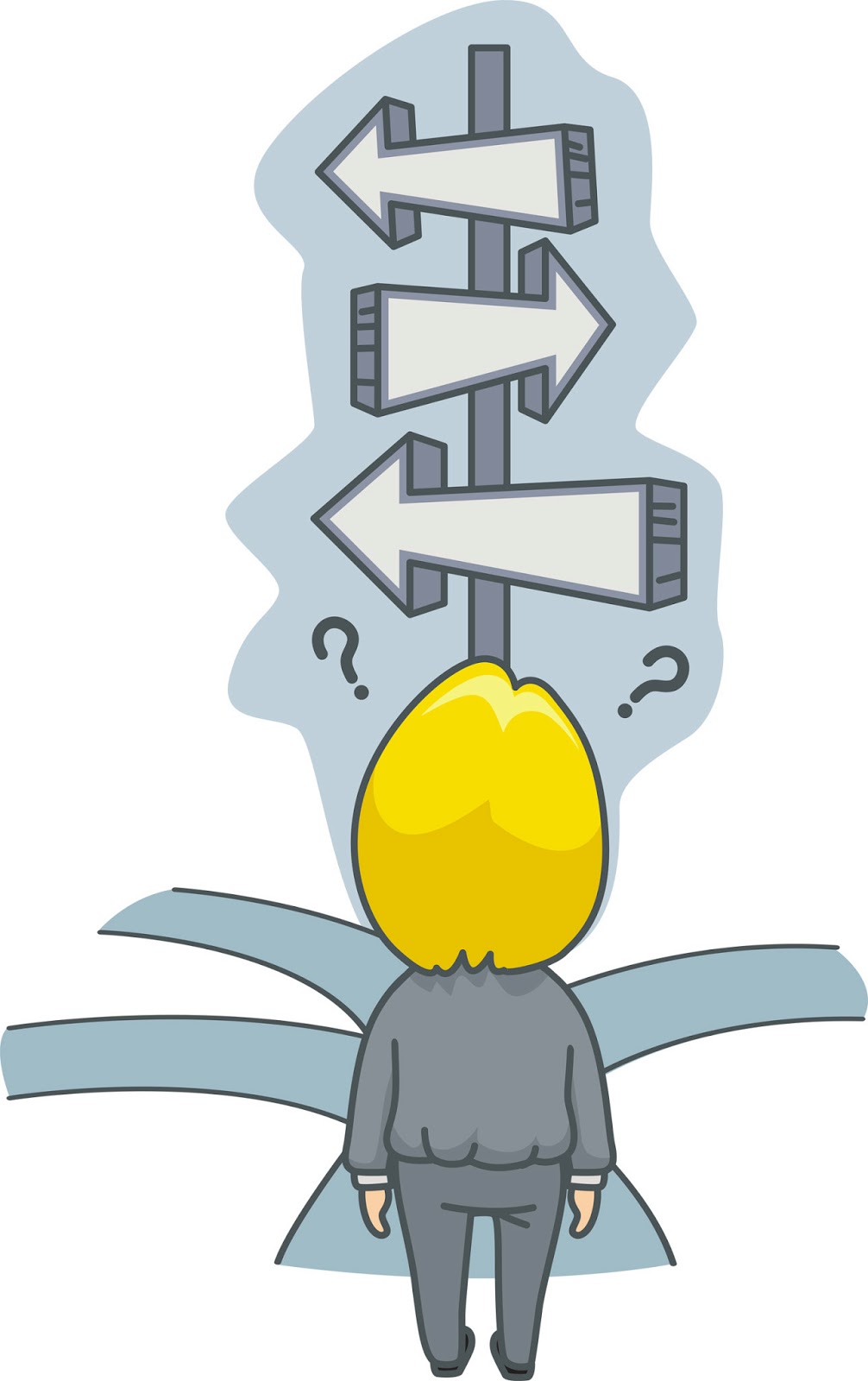Freud was studying peoples neuroses, and he came to find that they were often related to repressed memories or experiences from someone’s past, or what he called the subconscious, where those things went to live once they were repressed. Jung, who saw something below the subconscious or not related to a specific person’s specific life experiences, labeled what he found the unconscious. but then he needed a tool to try to find out about the unconscious. What, like neurosis for Freud, would indicate the existence of what he was looking for: the unconscious?
He tried a process he called association. In our day, you may have heard it called “free association.” He would read a list of words and ask people to respond with the first word that came into their mind.  The things that were not related to the word would have come from some unconscious place. So, for example, the association of “white-black black-father” would indicate perhaps that there was something worth exploring in the person’s relationship with their father because “father” is not a common association with the word “black.” These instances of using the wrong word or a word that is not usually associated with whatever one is talking about have come to be called “Freudian slips.” I call them “Jungian slips.”
The things that were not related to the word would have come from some unconscious place. So, for example, the association of “white-black black-father” would indicate perhaps that there was something worth exploring in the person’s relationship with their father because “father” is not a common association with the word “black.” These instances of using the wrong word or a word that is not usually associated with whatever one is talking about have come to be called “Freudian slips.” I call them “Jungian slips.”
Association as a process has a role in many other Jungian concepts or ways of interpreting the world and/or learning about one’s self. Association allows one to “hear” archetypes. There is an old phrase, “Every problem looks like a screw if you have only a screwdriver, and a nail if you have only a hammer.” People’s conversations will be peppered with words that belie what psychic “tools” they have at hand: their archetype(s). Association allows one to “see” The Shadow. When people talk too negatively or positively about anything, it shows the shadow in either its pure form (projection of the negative) or its suppressed form (denial of the negative). Association thus is a tool to help you better understand yourself and others.
 But by amplifying the images in our dreams and imagination and words, we can “figure out” what is going on psychically in our lives.
But by amplifying the images in our dreams and imagination and words, we can “figure out” what is going on psychically in our lives.

 like the rabbit in Alice in Wonderland. Are you worried about being late to a specific appointment that week? Or late to doing something to save your marriage? Or late to writing that Great American Novel you were always planning to write?
like the rabbit in Alice in Wonderland. Are you worried about being late to a specific appointment that week? Or late to doing something to save your marriage? Or late to writing that Great American Novel you were always planning to write?  By starting with a seemingly trivial image from your daily life, amplification can help you learn what the psyche/soul is really worried about.
By starting with a seemingly trivial image from your daily life, amplification can help you learn what the psyche/soul is really worried about.